Mr. Testino, have you ever taken a perfect picture?
No, never.
What photos of yours have gotten the closest to it?
I guess I try to achieve as much as I can. For me perfection is: how close can you get to what either the designer, the model, or the magazine you are working for is trying to convey. In my relationships with Gucci, Burberry, or Versace I do find moments when I totally get the woman that the designers are trying to create. So it happens. I mean it is funny, really, because I am so hard on my work that I never really get to see it how other people see it. It is difficult to be your own judge.
You were born in Lima, Peru and had a very Catholic upbringing where sex was taboo. How did that impact your later life?
It may be the reason why I am so obsessed with it today, why it is an essential part of my pictures. As a young man I considered becoming a priest, but people told me, “You love life way too much, do something else!” What a shame that I am such a sinner today! (Laughs)
Did the sexual element that is so common in your images ever conflict with the conservative values of your over 90-year-old mother?
Oh she’s amazing in that way because she just accepts people for who they are and can adapt easily. She believes that what she believes is hers and what I believe is mine. And I guess at the end of the day that’s the secret of it all, isn’t it? How ready are you to let others be what they want to be and allow you to be yourself? It’s selfish as well: “If I let you be you, then let me be me.” Maybe that’s what we have in common, that freedom we create for people to secure their own freedom.
How different is the young Mario Testino from the person you are today?
I don’t think that I have really changed that much. I have maybe become more aware of my possibilities. It’s so funny because lately I’m realizing that you can have almost anything you want. It’s just all about doing it. So I think I am much more aware today of the possibilities that life brings you, but that takes years to find out. The way I am and the way I think are exactly the same.
So what kind of person were you growing up?
I was a mix. In a way I was hugely responsible at school – I was first or second in my class – and at the same time I was quite curious and quite free. I was freer than most of the people that surrounded me who were very limited by society, by education, by their families, by their friends. I noticed in Peru that every decision you make is judged by so many different people that you need to really have balls to be yourself. And I was myself. I dressed differently than other people, I travelled. That was my way of expressing myself.
Was there someone who taught you how to do that?
I had a need. I couldn’t control it. People ask me how, but it was not something I could quite control. I just was. I couldn’t change it. It was stronger than me.
Do you feel that now you know who you really are?
No, I think that we change all the time. Age changes you, your desires change. At the moment I’m going through a particular change in my life. Things that were interesting aren’t that interesting anymore. I’m shifting. And I think life is a constant shift. I don’t think that you are anything. There is this quote: “I want to be nothing in order to be everything.” People always want to determine what they are, but the moment you determine something it means that you are “something.” And for me, I want to be whatever comes at that moment.
Does the same concept also apply to your photography?
Exactly. At one moment I thought that if I didn’t do a picture in a certain way then it wasn’t a Mario Testino Picture. And I’ve realized that Mario Testino is everything, Mario Testino is whatever he feels like being, because it always ends up looking like me, whatever I do. If it’s quiet, if it’s loud, if it’s bright, if it’s dark, if it’s in or out, it always ends up being Mario Testino. I am involved in every step of a shoot, from the first second till the very end. It’s not a holiday…
What part of a shoot is the hardest for you?
The first shot of the day is always the hardest, always, just to get the look right. A lot of the rest has to do with how well you are prepared. 50% of my job is planning, 20% is the actual shoot, 30% is what happens after.
Is it fair to alter reality by adjusting images in post-production?
I don’t do it a lot, but a bit. After all, it’s my reality. It’s Mario World.
You deal with beauty on a daily basis. Does that naturally lead to narcissism?
Some of my friends say that I only talk about myself. But it is funny: my house is covered in art but with nothing of my own and when I’m working I’m only thinking about what the client wants. So I don’t see it that way, but maybe it’s true. I mean, they are my friends. (Laughs)
You are one of the few fashion photographers who have managed to become well-known outside the industry. Did you purposely try to put yourself out there?
I think at a moment it came to me. I find that my entire life has come to me and things happened without me planning them. You know, I never asked to photograph Princess Diana and that made me more famous than I wanted. I never asked to photograph Madonna and that pushed me to another level. There are things that just take you into the limelight. Maybe at a certain moment in my career I realized that it would be beneficial, but I never planned it to be like that, no.
Are famous people more interesting than “regular” people?
I think content is the only thing that matters – we are all obsessed by content. If someone has done a few films or composed some music, we automatically connect our life experiences to this public work. So if you see it from that point of view, people who produce brilliant content are more exciting than a normal person that comes with nothing. But I like discovery and everybody that is famous started out not being famous. So if we weren’t interested in people that weren’t famous then they would never become famous. So anybody can interest me.
That’s true, you’ve been known to launch careers of unknown models and people even say that you ended the era of the supermodel.
And I created a new one. At the end of the ’90s I was very bored with the usual models, so I discovered a new generation that impressed me with their fresh look. I still keep working with models like Gisele Bündchen and Kate Moss and I am still looking for new, interesting faces. Life is about discovery and you should never stop searching. I enjoy what life brings me.
Can art and commerce really coexist?
Yes, of course. You can see it in my work.
Occasionally you have been criticized for putting commerce over art.
People sometimes complain that I’ve built up a business as an artist, but I made that decision a long time ago. A lot of my shoots have the purpose of selling a product and I find it interesting to develop a strategy for that. The art comes often by making this strategy look beautiful. People usually know that I get it right, so they leave me alone and let me do my thing. I can be very creative within my world.
How often do you step out of your comfort zone to be creative?
All the time. It is about transition. I think at the moment I’m going to have to go outside of my comfort zone and start searching in new areas so that things really become a reality quicker, because I have less time.
Your latest exhibition Alta Moda, opening this November at the Queen Sofía Spanish Institute in New York, documents Peruvians in their vibrant traditional dress. It’s a bold departure from your normal work, did that require you to get out of your comfort zone?
Yes. Basically I’m known for the glamour. Going back to the roots is in a sense looking at where that glamour really comes from. It’s almost like seeing where I got my own education to be able to become who I am today. I realized that the people who live in these high altitude areas of Peru, they all have a very special way of dressing. And maybe being exposed to that from a very early age also made me interested in fashion, which is many different ways of dressing. So maybe in a way it’s like putting the now and the then together.
Do you miss taking pictures if you haven’t done it for a while?
Well I don’t really know that feeling because I do it every single day, even when I am off. I think it is just a part of oneself. When somebody likes to sing, they just keep singing in the shower.
What essential understanding of photography have you gained by pursuing it like that?
That photography is not about how many lights you have. It is about spotting beauty, it is about seeing that you don’t need anything, because it’s about spotting what is right.
Can you imagine quitting one day, leaving everything behind, and returning to Lima?
I still enjoy Lima a lot, there I can detach from the world. But I am not sure if you can ever really quit as a photographer. I think that photography and its way of life have become too much a part of myself. Maybe you don’t need those changes anymore if you reach inner atonement. The ultimate level might be if you are happy just by being with yourself. If that is the case, it is something I am still looking for.
Return to Top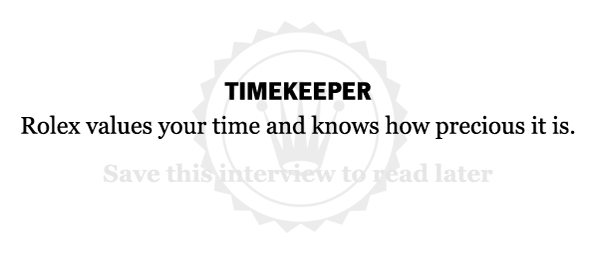
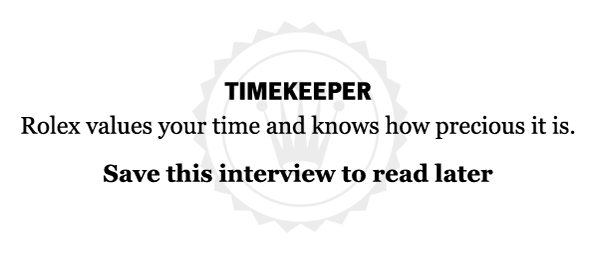
Short Profile
Name: Mario Testino
DOB: 30 October 1954
Place of Birth: Lima, Peru
Occupation: Photographer
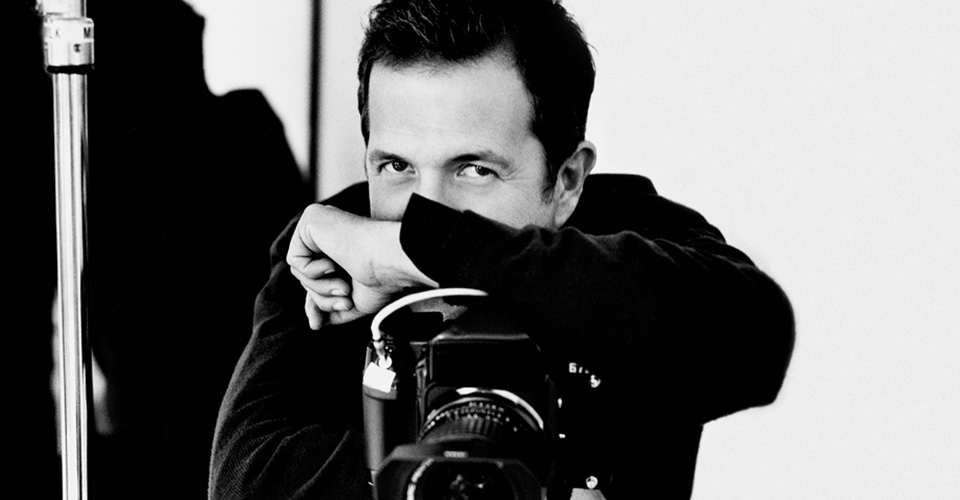
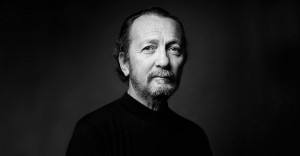
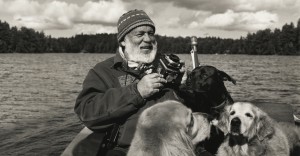
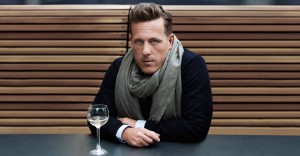

















If I was ever lucky enough to be photographed how amazing it would be to have this amazing man be behind the camera ! Wow !
I really admire the way you look at life, and I think that is why you are so good at expressing yourself through photography, I love the Mario world you have created.
Interesting read !! Love his works and creativity !!
I think this society keep creating myth like Testino. But sometimes is better to think before think someone is God.
I was a bit drunk. I never looked so much at Testino work but I was surfing internet and i saw his website and portrait of Hollywood. God it was funny, i laught.
Those pictures are terrible. I suddenly imagined how people will look at that in 50 years. I think they will laught. They Are so fake, there is so much will, there is so much ‘pretend to be something’. look at those fake look, fake posture, fake look. You can clearly see the photographer directing these stupid hollywood models (capitalistic products). Maybe these pictures Are a great document instead of all the useless showbiz involved. I had something like a revelation. Testino is one of the top photographer in the world and these picture Are so terrible! I feel is all like a joke. Like Testino laughtin and say fuck you all, idiots, I’m the king of nothing and i enjoy this meaningless lifestyle.
This is really a superficial vision of life: So only people who produce some content are interesting. Or people who will be famous in future have a potential to be interesting. This is bullshit.
This is our word where Testino is the king. THink about it people…
So a hones worker, someone who work in the countryside is not interesting for Testino as human being.
I think content is the only thing that matters – we are all obsessed by content. If someone has done a few films or composed some music, we automatically connect our life experiences to this public work. So if you see it from that point of view, people who produce brilliant content are more exciting than a normal person that comes with nothing. But I like discovery and everybody that is famous started out not being famous. So if we weren’t interested in people that weren’t famous then they would never become famous. So anybody can interest me.